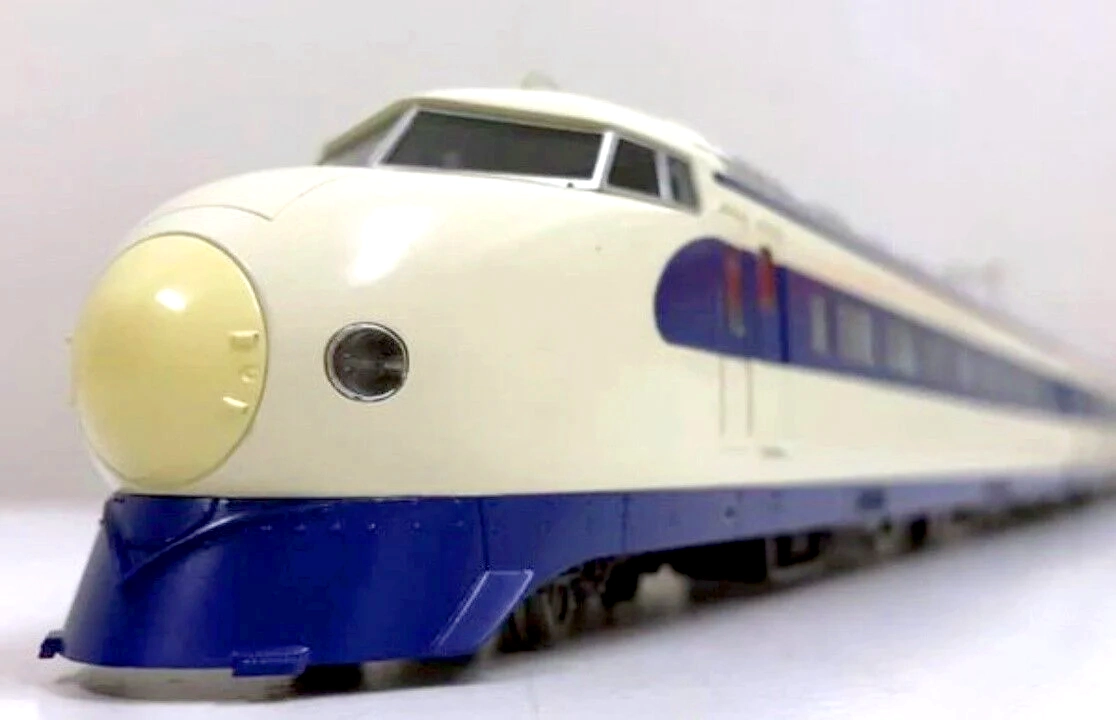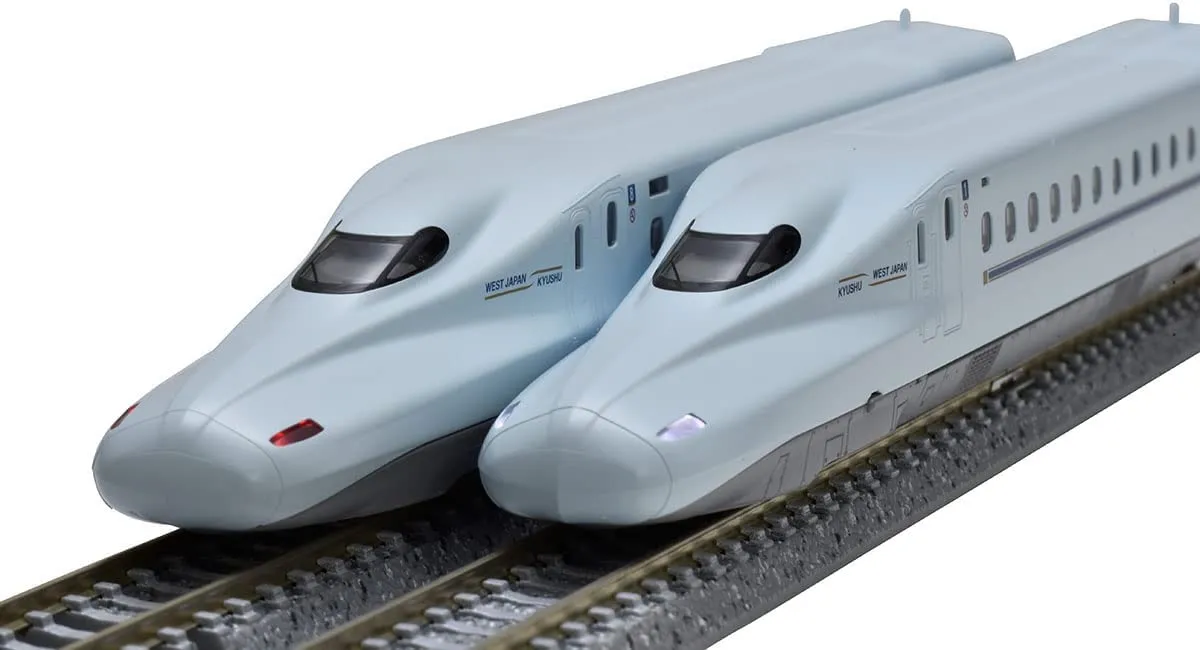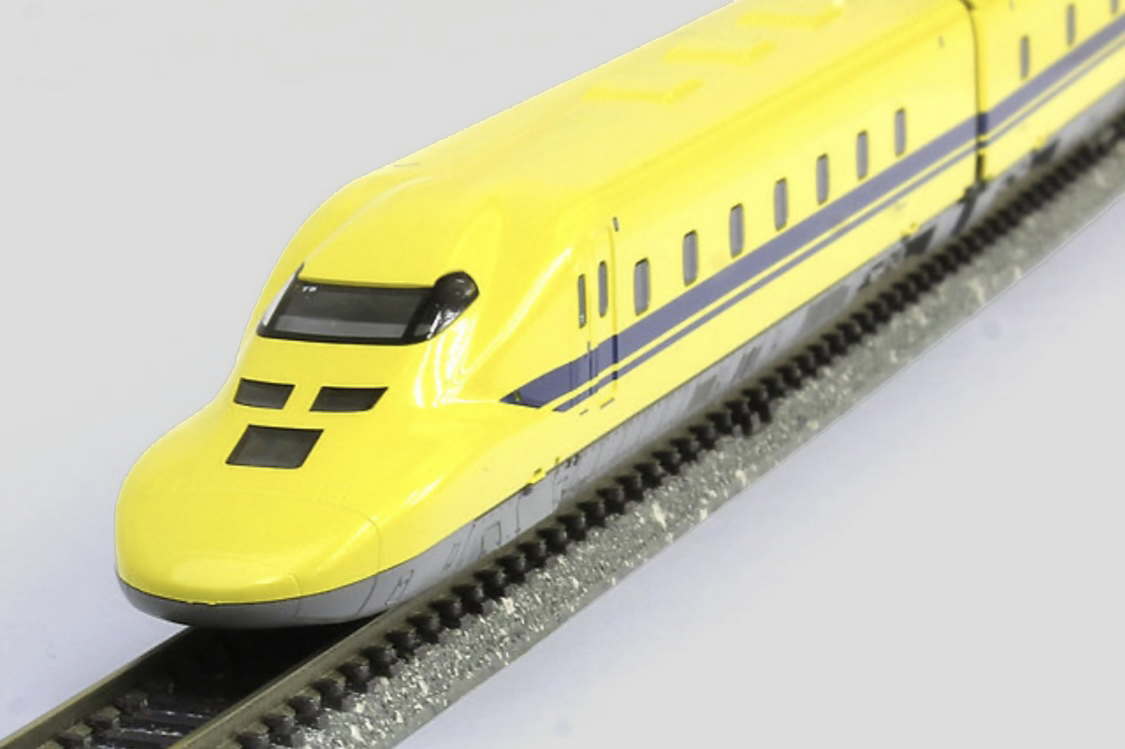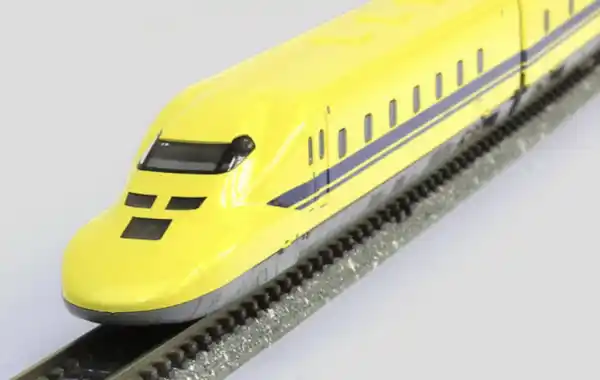13 August 2025
|
What did Japan get in the 1960s that we didn't? The Bullet Train, that's what. Because of the mountainous terrain, Japan had a network of lines and a narrower gauge than our standard four foot eight and a half inches.
The downside is, it's roughly ten miles an hour slower on curves than standard gauge. This meant Japan couldn't fall into the trap of upgrading legacy lines. They had to build new, dedicated high speed lines to maintain their social and economic development.
Shinkansen
Fortunately, two men, Hideo Shima, the Chief Engineer, and Shinji Sogõ, the first President of Japanese National Railways (JNR) managed to persuade politicians to back a plan for the ‘Shinkansen’, which translates to ‘new trunk line.’

Both trains and lines are known as Shinkansen; its English name is the Bullet Train. Construction of the first segment of the Tõkaidõ Shinkansen between Tokyo and Osaka started in April 1959. Full service began on 1st October 1964, in time for the first Tokyo Olympics.
The service was an immediate success, reaching the 100 million passenger mark in less than three years, and one billion passengers in 1976. As of 2014, the train’s 50th anniversary, daily passenger traffic rose to 391,000 which represents an average of just under 22,000 passengers per hour.
Suggested Article: The Billinton E2 Class: The Real Thomas the Tank Engine
Bullet Models
There are two outlines of the Shinkansen. The first has the bullet-nosed profile and later models have a more aerodynamic but odder looking ‘duckbill’ front end.
There are models by Tomix in N gauge and HO. Tomix offers the 0 Series, 300 Series and N700 Series.

TOMY’s ‘Plarail’ is a range for young children. These are motorised, affordable, and colourful toy trains with simple plastic tracks. The Shinkansen models in the Plarail lineup include the 0 Series, N700, and the famous ‘Doctor Yellow.’
Doctor Yellow

One of the most popular Bullet trains doesn't carry passengers at all. 'Doctor Yellow' is a bright yellow diagnostic train which speeds around the network overnight checking rails and wires.
In Japanese culture, yellow represents happiness. Because of this the trains have gained a cult following. Since no one publishes the train's timetable, people spot it at random and consider it a lucky sign. Enthusiasts post possible timings online.
As the trains are now 60 years old, they are in the process of being retired. Monitoring equipment is now fitted to the daily Shinkansen services so the lines are being checked as trains are running.
Bullet Train model values
These trains are Japanese Icons and can usually be found recreated to 1:160 scale. Purchasing these models at retail price will set you back anywhere between £100-£250.
They currently sell for around £10 on eBay but may be worth investment for the future. These models are designed to be loved and adored by the Railway collecting community. Which has been a successful mission for them.
But it is possible to experience the Bullet Train now, in the UK. An original 0 Series power car No. 22.141, one of the last to be withdrawn from service is in the National Railway Museum in York. It’s one of the most popular exhibits, mainly because you can get in it and sit down.
If you take a picnic it will be the nearest, you’ll get to HS2 for the next ten years. Or maybe twenty. Enjoy!
Learn more about the model railway world in the next edition of Collectors Gazette!







